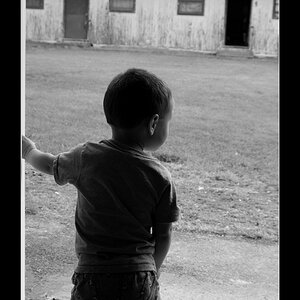mountainjunkie
No longer a newbie, moving up!
- Joined
- Nov 12, 2018
- Messages
- 273
- Reaction score
- 421
- Location
- Evergreen, CO
- Can others edit my Photos
- Photos OK to edit
Should have posted this last given the holiday...but better late than never.
The Heart Nebula
 Heart Nebula by matt gates, on Flickr
Heart Nebula by matt gates, on Flickr
The Heart Nebula
 Heart Nebula by matt gates, on Flickr
Heart Nebula by matt gates, on Flickr

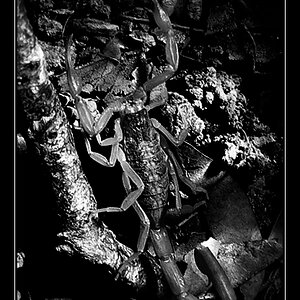
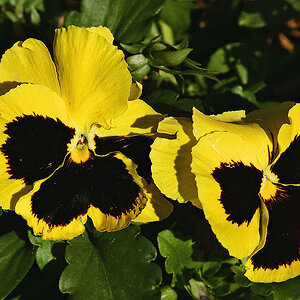
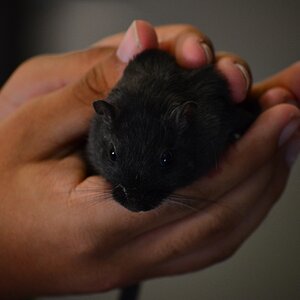
![[No title]](/data/xfmg/thumbnail/31/31097-95606cf1bf0ecc862078bc333f20d4f7.jpg?1619734614)
![[No title]](/data/xfmg/thumbnail/32/32005-d13a0bcc56327c42bd32dff4b0776658.jpg?1619735150)
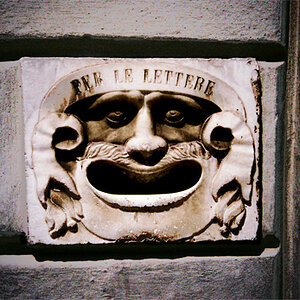
![[No title]](/data/xfmg/thumbnail/31/31095-2b52a6dcc956382cffdd384ae4d156f2.jpg?1619734612)
![[No title]](/data/xfmg/thumbnail/34/34117-1b7262554b31c443fa8f93830807c578.jpg?1619736287)
![[No title]](/data/xfmg/thumbnail/34/34118-1c18899050bfacc1ed25ac6c1740422b.jpg?1619736288)
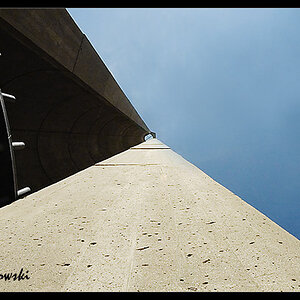
![[No title]](/data/xfmg/thumbnail/31/31094-f975d7e61424996edc28cec3b9dd70a8.jpg?1619734611)
